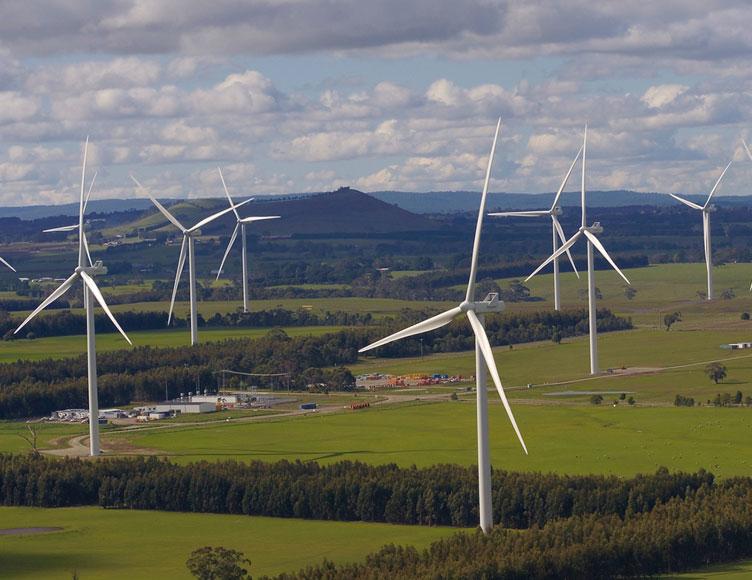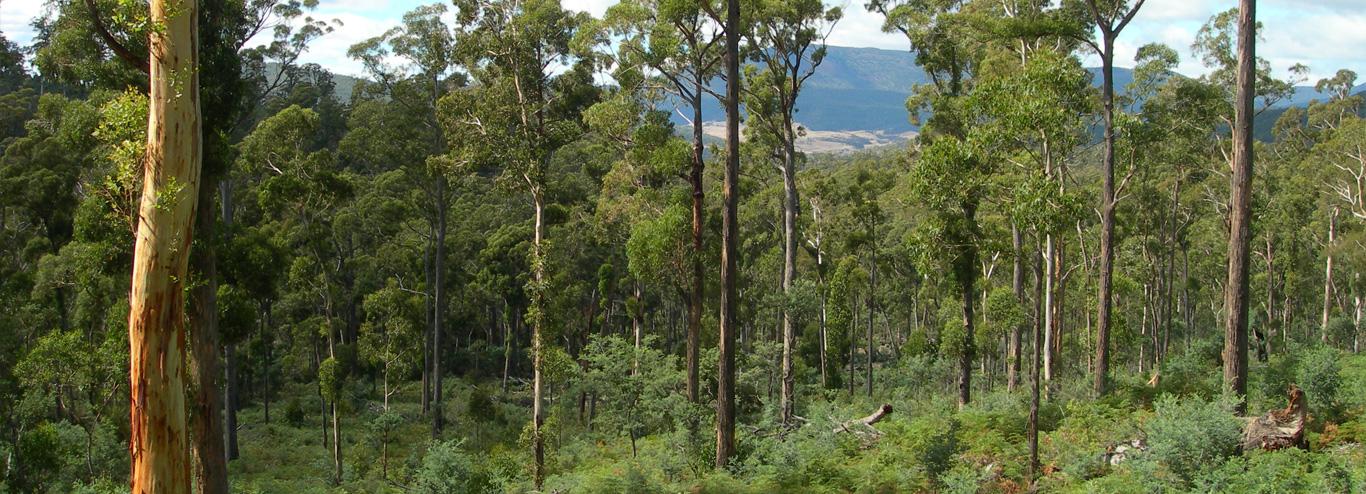Carbon offsetting and certificates. How do they work?
2 min read
January 30, 2020

We get asked a lot of questions about carbon offsetting, what we support and how we go about this process. You asked, so let’s get stuck in!
If you choose our Power Offset electricity plan, we will offset the carbon emissions associated with your usage. Let us step you through what this means, and the process around it.
Renewable energy and your home
No matter where you buy your electricity from, it all comes from the same central pool called the National Electricity Market (NEM). The energy grid is made up of energy from a variety of sources, including renewable generation (solar, wind, hydro) and coal-fired power.
Why carbon offset?
While we can’t control what energy sources deliver electricity to your home or business, we can take steps to help reduce our impact on the environment. Focusing on reducing emissions and replacing emissions should typically be the starting the point:
Manage and reduce energy usage, through Powershop’s market-leading app
Electrify more of our energy usage, which can be done by purchasing an electric vehicle or installing solar panels.
Purchase Greenpower, and support renewable energy generation
For the emissions we can’t reduce or avoid, you can choose to offset them with a 100% carbon neutral energy plan, such as Power Offset.
So what is carbon offsetting?
Carbon offsetting is a process that involves a reduction in emissions of carbon dioxide (or other greenhouse gases) in order to compensate for, or to offset, an emission already made elsewhere. Essentially, we purchase ‘carbon credits’ to offset or counteract the carbon created by your energy usage.
About carbon certificates
At Powershop, our carbon offsetting process involves the purchase of Australian Carbon Credit Units (ACCU) and Certified Emission Reduction (CER) certificates. These are not physical certificates, but are a digital currency traded on the market – much like money.
According to the Clean Energy Regulator website:
“a CER is a tradable unit representing one tonne of carbon dioxide-equivalent (tCO2-e) of emissions abatement or sequestration”. An “ACCU issued represents one tonne of carbon dioxide equivalent (tCO2-e) stored or avoided.”

Our Carbon Certificates
We employ a rigorous selection process when it comes to purchasing our certificates to ensure that they are accredited under the United Nations Framework Convention on Climate Change (UNFCCC) Clean Development Mechanism project verified under the Kyoto Protocol. That’s a mouthful!
Basically, it means we care about what projects we buy certificates from to ensure that they are verified programs which contribute to lowering carbon emissions around the world. We’re not just buying any certificate – it has to meet accredited guidelines.
We select a mixture of both local, national and international projects, including Forests Alive’s Verified Emission Reduction Credits (an Australian based forestry project).
How can I learn more?
Further information on our certificates can be found on our Carbon Neutral PDS page.